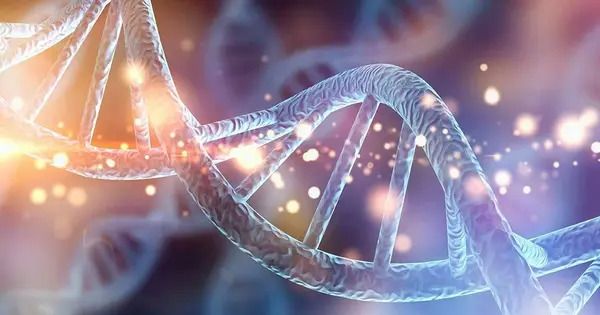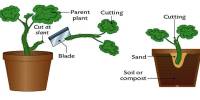Researchers explain the genomic and developmental origins of the patagium, a thin skin membrane that permits some mammalian species to fly through the air.
People use the phrase “When pigs fly” to describe the impossible. Even though the majority of mammals are landlubbers, the capacity to glide or fly has developed repeatedly throughout mammalian evolution in species ranging from bats to flying squirrels. How did this come about? In a report published in Nature, a team of researchers led by Princeton University and Baylor College of Medicine explains the genomic and developmental foundation of the patagium, a thin skin membrane that permits some mammalian species to soar through the air.
“We don’t quite understand how novel traits and adaptations originate from a molecular and genetic perspective. We wanted to investigate how an evolutionary novelty arises,” said co-corresponding author Dr. Ricardo Mallarino, assistant professor of molecular biology at Princeton.
Understanding the underlying changes that happen at the genomic level to give rise to these convergent traits is important because it can tell us whether evolution is targeting the path of least resistance.
Jorge Moreno
To further understand patagium evolution, the researchers concentrated on marsupials. That is because the ability to glide has evolved repeatedly, utilizing comparable anatomical modifications, in closely related marsupials such as the sugar glider, a tiny marsupial small enough to fit in your pocket yet popular as an exotic pet.
The Baylor team oversaw the genome sequencing of 15 marsupial species, identifying DNA sequences in both gliding and non-gliding cousins. Comparing their sequences suggested increased evolution around a gene known as Emx2.
“What’s interesting is that the sequence of the gene itself doesn’t seem to be where the most relevant changes are taking place. Instead, the key changes are in short DNA sequences, called ‘enhancers,’ that lie nearby in the genome. It’s those changing enhancers that alter how and where in the body Emx2 is active, and that drives the evolution of gliding,” said co-corresponding author Dr. Erez Lieberman Aiden, professor of molecular and human genetics and director of the Center for Genome Architecture at Baylor.

“Understanding the underlying changes that happen at the genomic level to give rise to these convergent traits is important because it can tell us whether evolution is targeting the path of least resistance. You can have the same outcome but different paths to get there,” said co-first author Jorge Moreno, a graduate student in Mallarino’s lab.
Next, the researchers wanted to test these ideas. To do so, they used one of the most unique characteristics of marsupials — their pouch. “Marsupial joeys are born at a much earlier stage in development than typical mammals,” said co-first author Dr. Olga Dudchenko, assistant professor of molecular and human genetics at Baylor and a researcher at the Center for Theoretical Biological Physics at Rice University.
“Instead of continuing development in their mother’s womb, they crawl into her pouch, and stay there until they are ready to take on the world independently. The fact that they are right there in the pouch makes it much easier to study how individual genes, like Emx2, affect the marsupial’s development.”
The researchers demonstrated that Emx2 produces the marsupial patagium through a genetic pathway that is likely present in all animals. Emx2, for example, is active in the skin on the sides of both mice and sugar gliders, although it is expressed for a much longer period of time in the latter. According to Dudchenko, who works at Baylor’s Center for Genome Architecture, “by modifying those critical Emx2 enhancers, one species after another has tapped into this universal program in order to develop the ability to glide.”
















